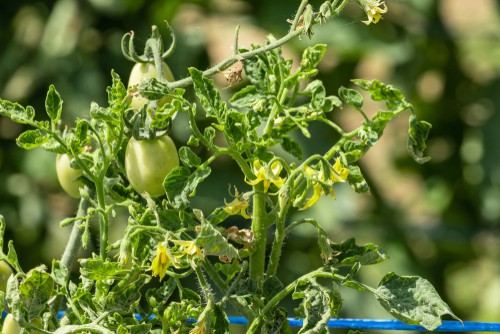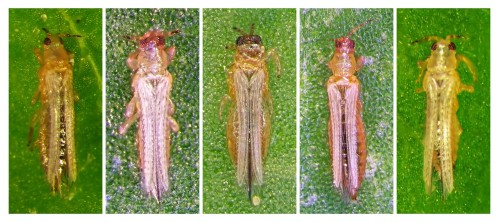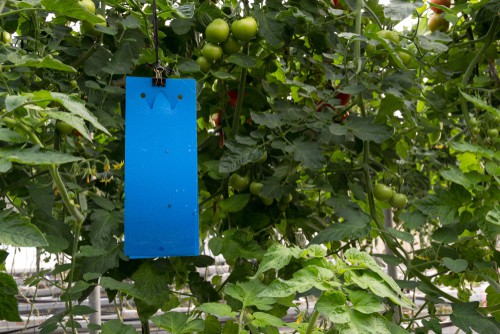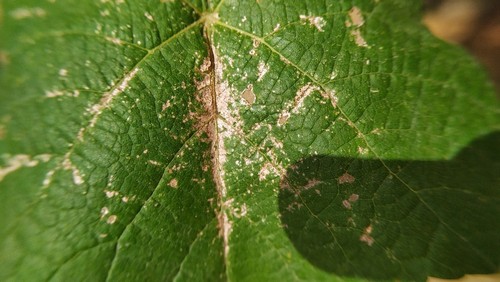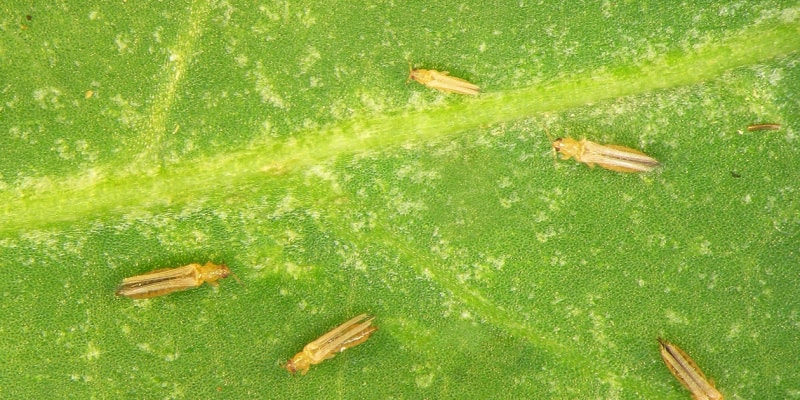
How to get rid of Thrips from garden plants, greenhouses and house plants
Our site is reader supported, this means we may earn a small commission from Amazon and other affiliates when you buy through links on our site.
I’ve been dealing with thrips for over 20 years, and it seems that they are becoming more common year after year. The problem is, they are often hard to spot until they become a big problem, which they do in large numbers. They’re so small and difficult to spot as they’re less than 1/25 inch in size, I’m talking tiny little specks. It’s normally the silver foliage, or the wafer-thin leaves I spot first before the actual thrips themselves.
One of the biggest issues I have seen in the past with them, (as well as the fact they suck the sap out of plants) is that they also spread viruses like the tomato spotted wilt virus and the impatiens necrotic spot virus. These can be very serious diseases so controlling thrips also controls these.
What are Thrips?
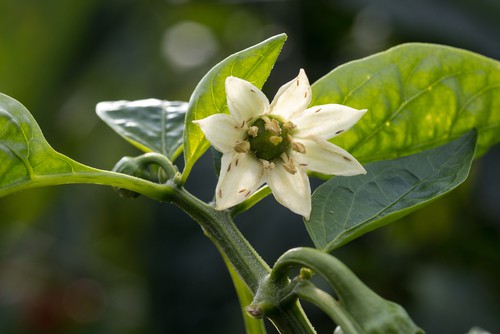
Thrips are very small insects (as shown in the picture above) that are black, green brown or tan in colour. The adults have very feathery wings but the younger thrips that hatch out of eggs don’t have wings. They love to suck the cellular matter out of plants (sap), attacking flowers and the underside of leaves.
How to recognise a Thrip problem
You have to look closely at your plant to see the thrips because they’re very small, almost microscopic, and small enough that they are in plain sight but not noticeable unless you are really looking for them. It’s easier to see the damage that they do than it is to initially spot them. As I have previously mentioned, a dead giveaway that you have thrips is a silver-coloured discolouration on the leaf surface, almost like a flicking.
What you don’t want to do is mix the damage up for things like scale insects that cause the same damage. Scale insects though you will see.
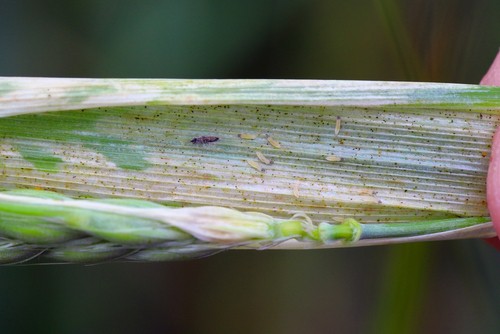
What can you do about them?
Prevention
How I actually attempt to get rid of thrips depends on where there are. For me, the most common places I have had issues in the past (with thrips) are in my greenhouse. Sometimes house plants and more frequently onions, beans, carrots, squash and many other garden vegetables, but not forgetting they have also caused problems with some of the ornamental plants, with gladioli and roses coming to the forefront of my mind.
With my tomatoes, where I have previously experienced problems with thrips that have led to tomato spotted wilt virus. Because of this I always keep a particularly close eye on all of my tomatoes. I usually put up a blue sticky trap as the thrips appear to be more attracted to these ones than the yellow ones.
Personally, where I can, I try to avoid using pesticides because they kill other beneficial insects as well as thrips, so I usually use insecticidal soaps, one example of this is neem oil. This is especially good for houseplants as it’s safe to use indoors. If you find thrips on your indoor houseplants, they have usually been brought in already on the plants, or on other houseplants you already have. If you find them on your plant(s) then obviously you will need to treat them, however, I find prevention is easier than the cure. To do this I often closely inspect all plants when I am buying them to make sure I don’t bring them indoors. If I do find thrips, I then isolate the plants and treat the problem.
In the garden (and the greenhouse for that matter), make sure you clean up all fallen leaves and remove any weeds that could be the hosts for the thrips. Something I have found to be very successful in my greenhouse is the introduction of natural predators. I usually (believe it or not you can do this) buy ladybirds or lacewings that actually eat the thrips and their eggs. It isn’t really successful outdoors, however, in a greenhouse where everything is confined to a small environment, it seems to work really well. These will also deal with any aphid issues too, another very common pest.
Treatment
I always start with an insecticidal soap to kill thrips on contact – it’s more eco-friendly than using an insecticide but it does have its limitations. You can also spray down the leaves with a solution of this soap and water, alternatively, you could try a mixture of neem oil and water or even horticultural oil.
Finally, if you have a really bad infestation, I recommend using an insecticide that contains the organic ingredient pyrethrin which comes from some chrysanthemums. This will work really well but as previously mentioned, over the years I have learnt a lot about the damage pesticides can cause, especially if they are used incorrectly. We highly recommend only using a pesticide when it is absolutely essential.
Keep in mind that by the time you notice the thrip problem and start to treat it, these pests may have moved off elsewhere.
